To deal with the oil glut and help stabilize oil prices, OPEC and non-OPEC nations, including Russia and 10 other countries, agreed in November 2016 to trim production by 1.8 million barrels per day (bpd), which has stabilized oil prices above 50 US dollars per barrel. The accord became effective on Jan. 1, 2017 and runs until July of this year.
Saudi Arabia Oil Minister Khalid Al-Falih told the CERAWeek conference, an annual international gathering of energy industry leaders, experts, government officials and policy makers, that he and his counterparts from other countries were all committed to the pact.
"All of us realize that such an expanded network of producers with a larger share of global production is the only way to achieve a constructive, stable market for all," he said.
Al-Falih noted that the timing of OPEC cutting production to stabilize oil prices without the contribution of the non-OPEC nations are gone.
Saudi Arabia would not bear the burden of the oil production cuts and all the 24 partners in the accord would have to pull their weight, he added.
As for the US shale production, he said the comeback of shale to a certain degree is not only welcome and acceptable but also necessary for demand growth.
Iraq's Oil Minister Jabar Al-Luaibi introduced that his country, whose baseline for the cut was 4.56 million barrels of crude per day, has achieved 85 percent of cut of 210,000 bpd.
United Arab Emirates' Energy Minister Suhail bin Mohammed al-Mazrouei also said that his country is speeding up its oil production cuts and expected to meet its commitment to output reduction by 139,000 bpd by June this year.
Both OPEC and non-OPEC oil producers showed optimism that there would be full compliance with the production curbs.
OPEC Secretary General Mohammad Sanusi Barkindo said the outreach is expected to continue and any decision to extend the OPEC-led production cuts beyond June would have to include the continued participation by the non-OPEC countries.
Russian Energy Minister Alexander Novak said keeping the balance of crude supply and demand on the global oil markets as well as raising investment attractiveness of the oil sector would be more important factors for a possible extension of the OPEC and non-OPEC oil production cut accord than reaching a certain price level.
As of January 2017, OPEC, founded in 1960, has 13 member countries and two-thirds of its oil production and reserves are in its six Middle Eastern countries that surround the oil-rich Persian Gulf.
OPEC's combined rate of oil production represented 42 percent of the world's total in 2015, and OPEC accounted for 73 percent of the world's "proven" oil reserves, including 48 percent from its six Middle Eastern members.
XINHUA/MNA


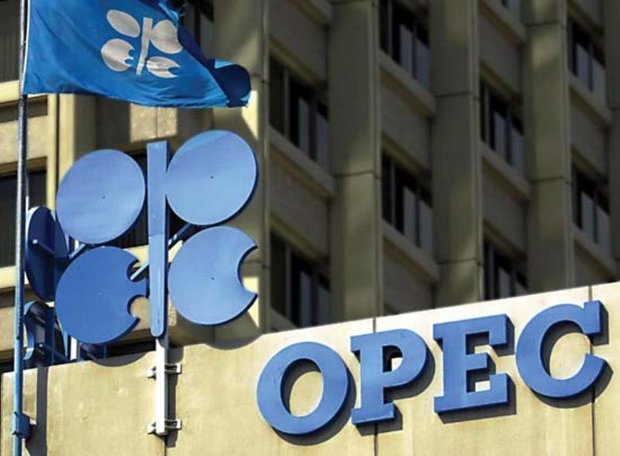


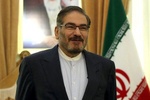
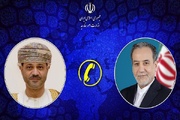
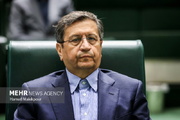
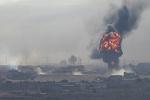

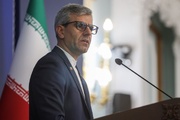
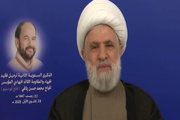














Your Comment